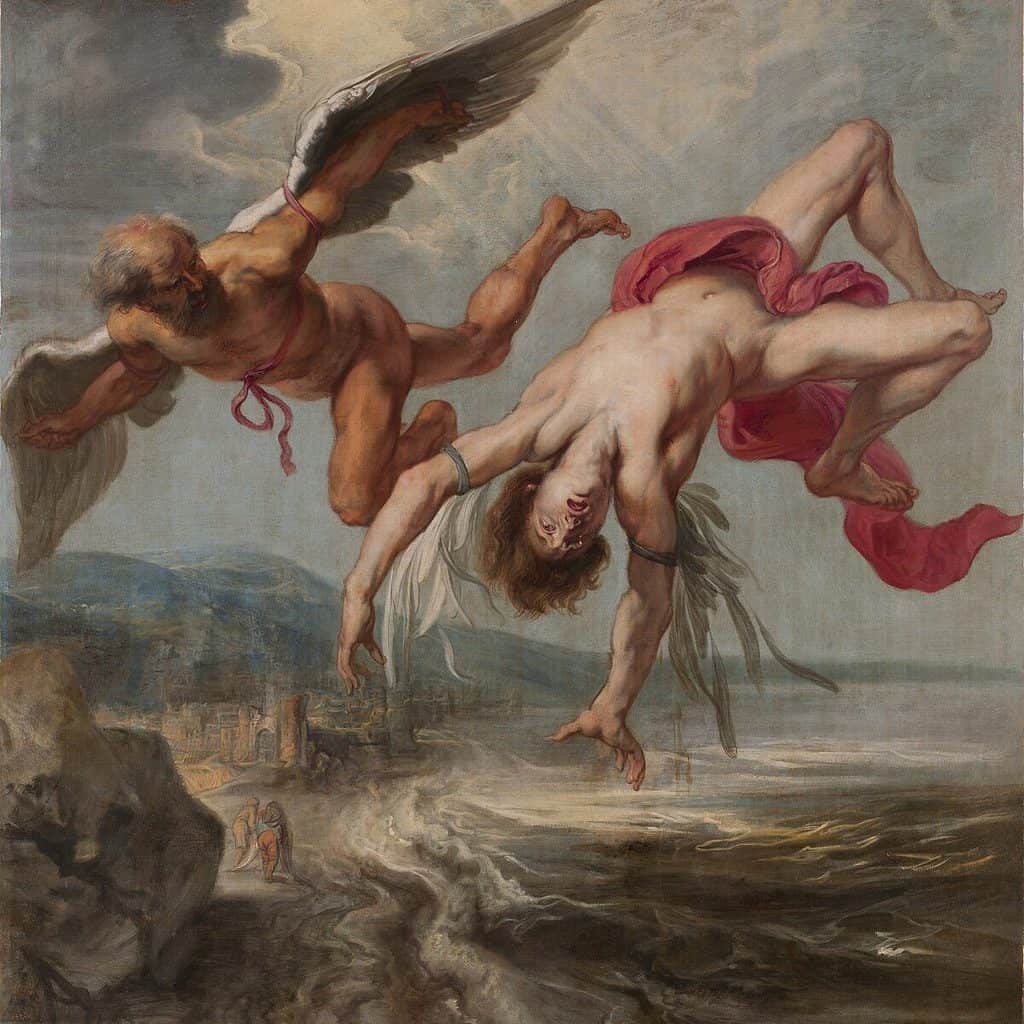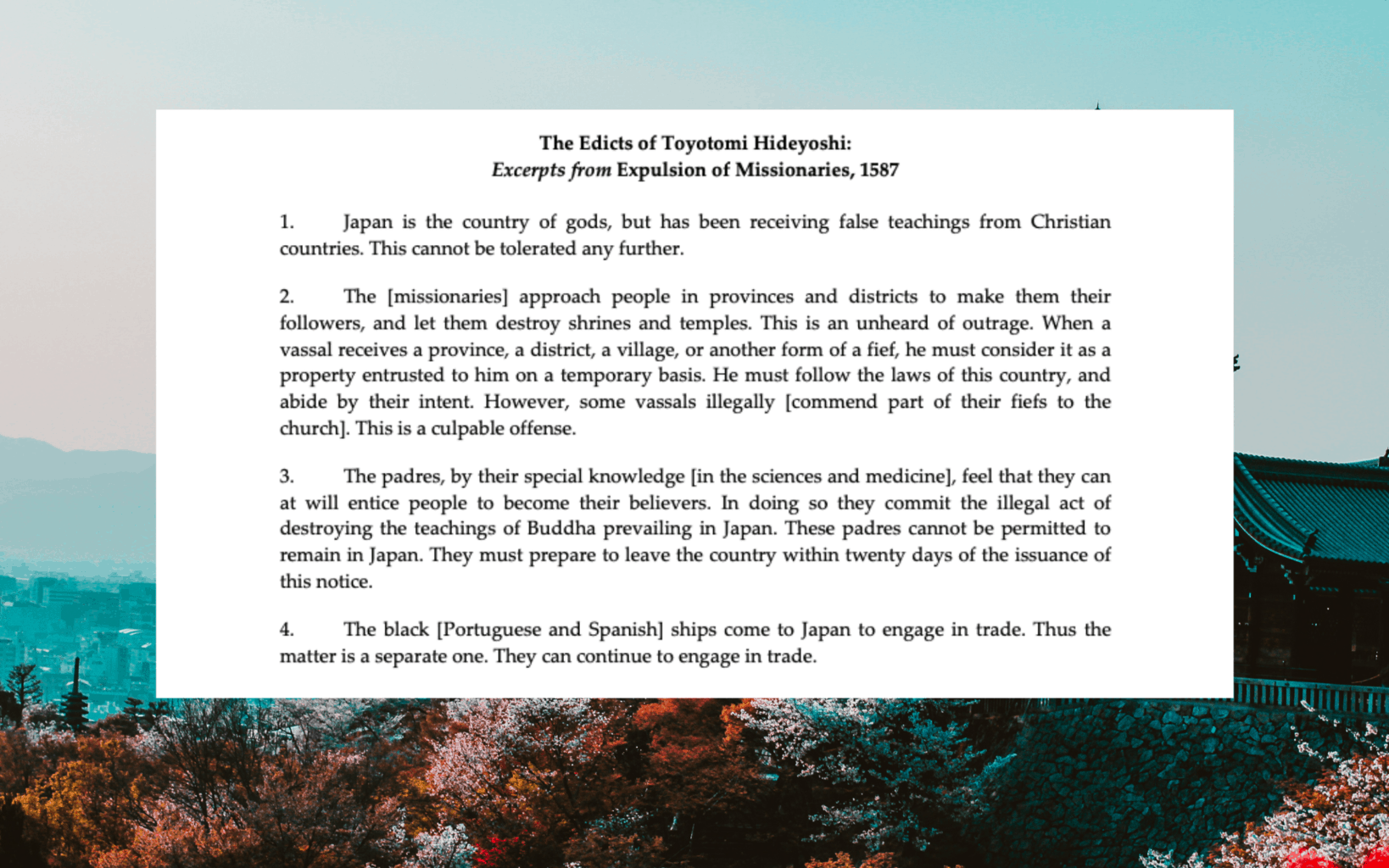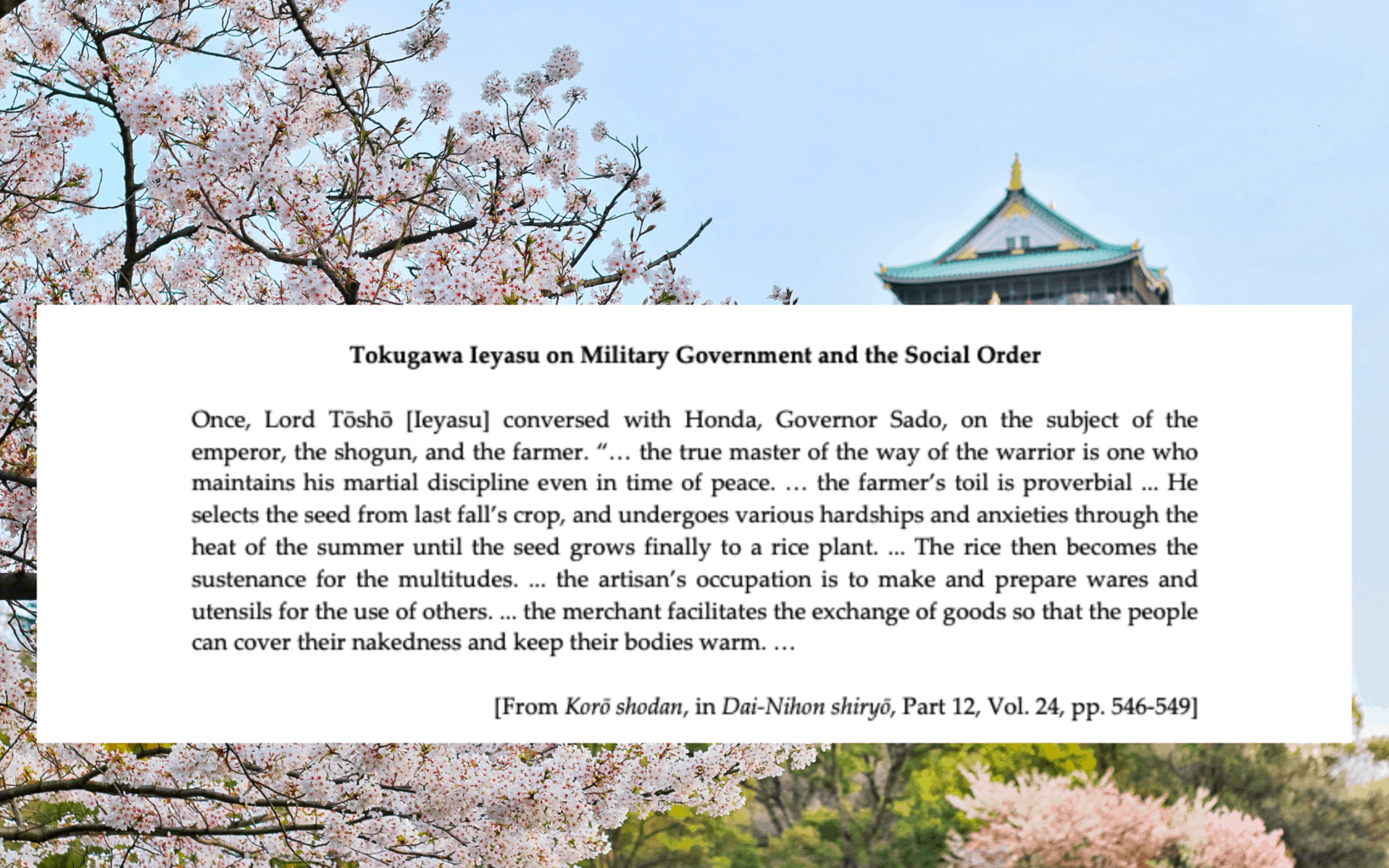Target Audience: This is particularly an abstract lesson, as it covers a wide variety of historical periods. However, its versatility makes it a Swiss-army-knife for a majority of the social studies department. Because the readings of these passages can be complex, this lesson is best suited for a group of high schoolers. Although the readings all serve a common purpose, they are spread out through history, so assimilating this lesson into one specific high school social studies course may be difficult. Specific course: dealer’s choice.
Lesson Context: This lesson takes students through different historic depictions of how authors and societies viewed a person’s ego. All of these documents are used in order to showcase the inevitable consequences of pride. Obviously, different themes can be traces within the lines of these stories, but their respective authors successfully highlight the inevitable outcomes of pride, boasting, and excessive self-esteem.
Historical Readings:
Ozymandias by Percy Bysshe Shelley
- What claims does the narrator make about Ozymandias?
- How does the author want the reader to feel about Ozymandias’s claims of glory?
- What is the lesson hidden within the poem, specifically to the audience of the 1970s?
- What is the hidden message within the story of Icarus?
- Assuming this story is passed by word-of-mouth, what is the intent of its performance?
- How do the lessons within this story compare to Shelley’s poem?
1 Samuel 17 note verse 1-11 & 40-54
- What does the story of David teach young Israelites from its respective time period?
- What does the story of David teach modern day Sunday school children?
- What is the story’s lesson about boasting, and how does it historically compare to the Greek Myth, and the poem of the 70s?
Teacher’s Guide: Within the multi-layer themes of three of these documents, there is a secret thread to the lessons associated with pride. Obviously, all three of these authors note the negative consequences of inevitable downfall. Although they are spread far throughout the timelines of history, their common themes are perpetual. Students should pick up on the similarities between all three stories, and connect them to one another. Each respective story warns their audience of the dangerous of pride, using its own historical period to paint a ranging variety of accounts.







